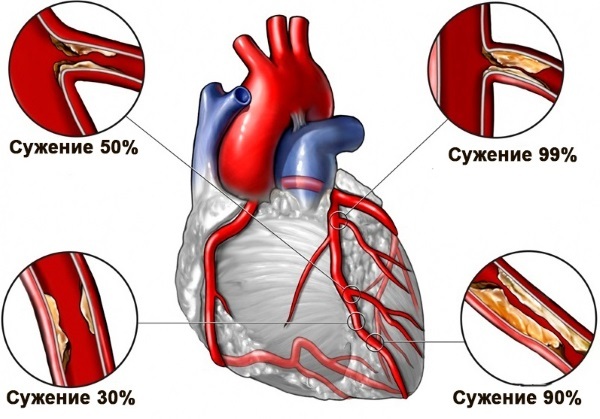Atherosclerosis is a chronic pathologyaccompanied by deposition of cholesterol and some fractions of lipoproteins in the lumen of the vessels of the heart. Deposits form into atherosclerotic plaques.
As a result, the lumen of the vessel narrows, its blockage is possible with the cessation of the passage of blood. The disease occurs not only in the elderly, but also in young people.
The danger of atherosclerosis is the possibility of asymptomatic course and detection at later stages, when urgent treatment is required.
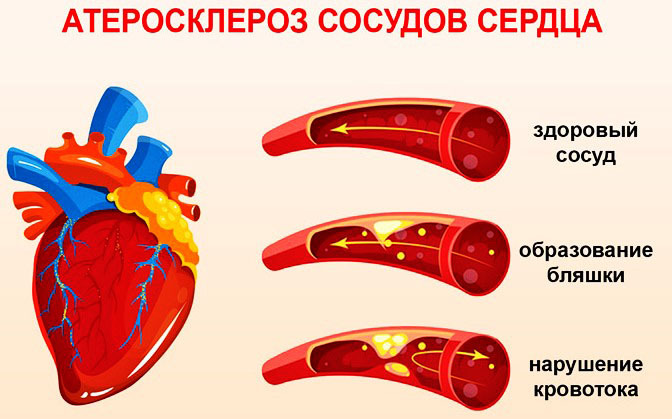
Additionally, a heart attack is not excluded. It is possible to stop the development of pathology with the help of timely therapy. Therefore, it is necessary to study the symptoms of the disease in order to consult a specialist as early as possible, as well as ways to treat atherosclerosis.
Record content:
- 1 The mechanism of development of atherosclerotic plaque in the cardiac vessels
- 2 Causes, risk factors
- 3 Signs of atherosclerosis of the heart
- 4 Modern diagnostic methods
- 5 Methods for the treatment of atherosclerosis of the heart. Which of them are the most effective, which are suitable for the elderly?
-
6 Medications. Names and treatment regimens
- 6.1 Lipid-lowering drugs
- 6.2 Anticoagulants
- 6.3 Antihypertensive medicines
-
7 Surgery
- 7.1 Coronary angioplasty
- 7.2 Coronary artery bypass surgery
- 7.3 Heart transplant
- 8 Folk remedies recipes
- 9 Diet
- 10 Possible complications
- 11 Video about atherosclerosis of the vessels of the heart
The mechanism of development of atherosclerotic plaque in the cardiac vessels
Atherosclerosis of the vessels of the heart (symptoms and treatment are interrelated) is a disease that has stages of development.
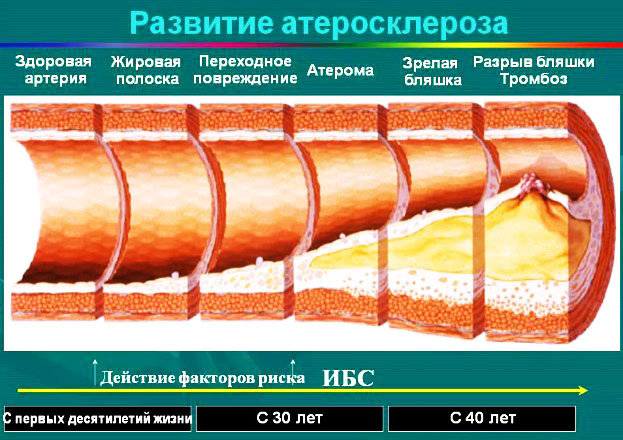
There are the following phases of pathology:
- The first. An additional name is the initial stage. The blood flow rate gradually decreases, small cracks form on the walls of the vessels. Further, the growth of microcracks and an increase in their size occurs. That is, more noticeable and clinically significant defects are formed. Lipid deposits penetrate into the vessels, fatty spots are gradually formed.
- The second. Another name is liposclerosis. In the lesion focus, the infiltration (penetration) of fat cells accumulates and increases. But the atherosclerotic plaque is unstable. That is, it can come off, therefore this stage is characterized by an increased risk of thrombus formation.
- Third. Another name is atherocalcinosis. The plaques are compacted, calcium salts are added to the build-up, a fibrous layer is formed on top. The lumen of the vessels decreases, and the thrombus grows and deforms the artery. At this stage, there is a high probability of occlusion - this is the overlap of the vessel lumen by elements of a ruptured plaque, followed by necrosis (death).
Causes, risk factors
Atherosclerosis of the vessels of the heart can appear for various reasons.
The most common ones are:
- infectious lesions - the penetration of viruses, bacteria into the body;
- autoimmune pathologies - multiple sclerosis, diabetes mellitus and others;
- congenital defects in the walls of blood vessels;
- chronic pathologies of the heart and blood vessels;
- arterial hypertension - a persistent increase in pressure (more than 140/90 mm Hg. Art.).

In addition to the reasons contributing to atherosclerosis of the vessels of the heart, it is possible to attribute an impaired balance of lipoproteins and the accumulation of varieties with low density (LDL), very low density (VLDL), intermediate density (IDD) in the walls of blood vessels.
General classification:
- high density lipoprotein (HDL) - the smallest particles contain phospholipids, which prevent cholesterol from leaving the bloodstream;
- intermediate density lipoprotein (IDL) - they have a short lifetime in the blood, because normally they should be quickly absorbed by the liver and turn into LDL, but with impaired lipid metabolism, the accumulation of LDL is possible;
- low density lipoprotein (LDL) - contain a lot of cholesterol and proteins (up to 30%), less triglycerides (up to 10%), transport cholesterol throughout the body;
- very low density lipoproteins (VLDL) - these are the largest particles, contain a large amount of triglycerides (up to 70%), 10% cholesterol and proteins, VLDL transport triglycerides from the liver to adipose tissue;
- chylomicrons (HM) - deliver fats (from food) to the liver for further breakdown of triglycerides.

LDL, VLDL, LDL are atherogenic lipoproteins. If the blood contains a large number of these fractions, cholesterol plaques form, atherosclerosis and other concomitant heart diseases develop.
Cholesterol is classified into the following types:
- good - contains HDL;
- bad - contains LDL, VLDL, LDL.
The name of cholesterol did not appear by chance.
Associated with the following findings:
- if the content of LDL, VLDL, LDL is elevated in the blood, then this negatively affects the cardiovascular system;
- good cholesterol removes bad cholesterol from plaque and transports it to the liver for further breakdown and removal from the body.
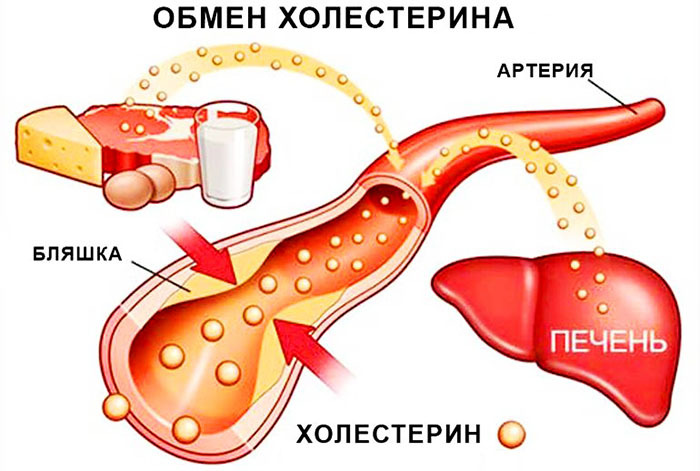
In addition to the reasons that can affect atherosclerosis of the vessels of the heart, there are factors that increase the likelihood of the onset of the disease.
Items:
- passive lifestyle;
- overweight;
- bad habits - smoking, consumption of alcoholic beverages and drugs;
- frequent stress;
- taking medications from the contraceptive group (Klayra, Jess, Yarina);
- taking medications that can increase the level of bad cholesterol - for example, anabolic steroids can increase LDL by 20% and lower HDL by 20 - 70%;
- increased blood clotting and a high likelihood of thrombus formation;
- chronic lack of sleep and lack of rest;
- hormonal disorders - for example, menopause, pregnancy;
- age category - the likelihood of atherosclerosis increases with age;
- unhealthy diet - the predominance of fatty foods;
- gender - men have a higher risk of developing cardiovascular diseases than women;
- living in places with unfavorable ecology.
Signs of atherosclerosis of the heart
Atherosclerosis of the vessels of the heart (symptoms and treatment are interrelated factors) is a pathology that has certain signs. At the initial stage of the disease, they may not appear or be present to a small extent.
Symptoms of atherosclerosis of the vessels of the heart:
- pain in the sternum;
- frequent headache;
- dizziness;
- shortness of breath, which increases during activity (walking, climbing stairs), then manifests itself at rest;
- fast fatigability with minimal stress;
- reduced performance;
- malaise;
- memory impairment;
- numbness of the legs;
- edema of the lower extremities;
- pain in the back and limbs;
- impaired speech;
- frequent fainting;
- weight loss;
- nausea and impaired swallowing of food;
- pallor of the skin;
- impaired coordination of movements;
- dry skin;
- pain in the jaw on the right side (rare).
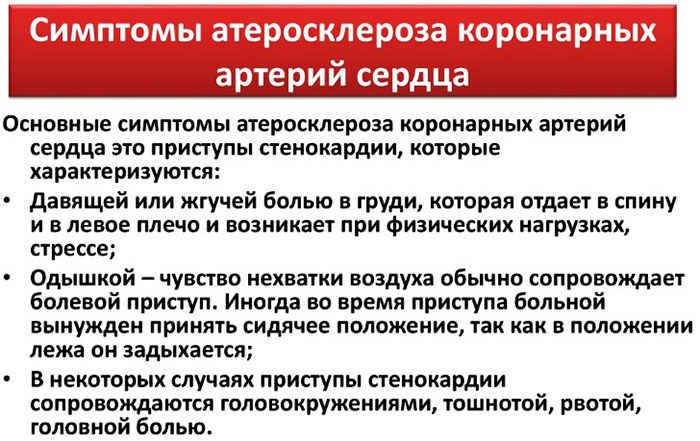
With atherosclerosis of the vessels of the heart, complete blockage of the artery is possible, this leads to myocardial infarction. Symptoms of the condition are severe and prolonged pain in the middle of the chest, shortness of breath and increased sweating. A heart attack requires immediate medical attention.
Modern diagnostic methods
If you suspect atherosclerosis of the vessels of the heart, you should visit a doctor. The disease is in the competence of the cardiologist. If it is impossible to visit this doctor, it is allowed to contact a therapist.
Before the appointment of a diagnosis, the specialist performs the following actions:
- survey - the doctor asks various questions that relate to symptoms and concomitant diseases;
- measurement of human health indicators (blood pressure, body temperature, pulse);
- examination - a specialist examines the skin and mucous membranes.
Next, an examination is prescribed that allows you to determine atherosclerosis.
Diagnostic methods are shown in the table:
| Name | Description |
| General blood analysis | With the help of research, you can determine the value of various indicators (hemoglobin, erythrocytes, and others). For analysis, take blood from a vein or finger. The first method is most often used, since the result will be more accurate. |
| General urine analysis | The study reveals abnormalities in the work of the cardiovascular, genitourinary and endocrine systems. The following data is indicated in the result sheet:
|
| Determination of glucose | The indicator can be determined in blood or urine. The analysis reveals diabetes mellitus. |
| Lipid profile | Screening includes determination of HDL and LDL cholesterol. They also include triglycerides (TG). If the profile is extended, then the analysis also includes VLDL, apolipoprotein. Based on the results, the risk of atherosclerosis is identified. |
| Angiography | The survey involves the study of the vessels of any area (heart, head, etc.). Angiography is exposure to X-rays. The procedure allows you to determine:
Survey:
The procedure makes it possible to determine the prevalence, degree of development of atherosclerosis and other diseases of the cardiovascular system (heart attack, ischemic disease). |
| Electrocardiogram (ECG) | Another name is electrocardiography. The procedure involves determining the electrical activity of the heart. To register biological potentials, electrodes are used. The result is displayed in the form of a graph on the monitor of the machine or printed on paper. With the help of an ECG, it is possible to determine:
There are different types of ECGs. Namely:
|
| Ultrasound examination (ultrasound) of the heart | Among the types of ultrasound, echocardiography (EchoCG) is used. The procedure allows you to study the structure and functionality of the heart, as well as blood vessels. Among all echocardiographic methods, Doppler echocardiography is the most commonly used. During the procedure, it is possible to identify impaired blood flow in the heart and blood vessels. The stages of echocardiography do not differ from the usual ultrasound. If necessary, contrast agent may be injected prior to the procedure to improve visualization. Echocardiography scheme:
|
| Plethysmography | An examination that allows you to register changes in the volume of an individual organ or body part. Most often, the procedure is used to determine the tone of small vessels and the blood flow in them. The study is used for constant vasoconstriction in different parts of the body. |
| Sphygmography | A procedure that involves measuring the arterial pulse and other indicators of the cardiovascular system. A sphygmograph is an apparatus that monitors. As a result of the procedure, a sphygmogram is obtained (a curved line with parts, each of them is responsible for a different pressure inside the vessels). With the help of this examination, it is possible to assess the state of the vessels. The procedure takes 10 - 15 minutes. A sensor is installed on the skin, which reads all the information and transmits the data to a recording device. |
| Magnetic resonance imaging (MRI) of the heart and blood vessels | The method involves exposure to electromagnetic radiation. With the help of the procedure, it is possible to identify the following diseases:
Additionally, MRI is performed to assess the effectiveness of the operation. For example, with bypass surgery. To improve visualization, a contrast agent may be injected into the human body before the MRI. The procedure depends on the type of device:
Based on the results of the procedure, three-dimensional images are obtained. MRI is performed for 40-60 minutes. |
Before making a diagnosis, the doctor should tell you about the preparation measures for each study. The cost of the examination may vary. It all depends on the list of procedures, city, organization. Therefore, it is better to find out the price in a specific clinic.
You can get diagnostics free of charge. To do this, you need to contact the clinic with a compulsory health insurance policy (MHI).
Atherosclerosis of the vessels of the heart (sternum pain is singled out as symptoms) is a disease that requires referral to additional specialists.
Prior to the appointment of treatment, the cardiologist or therapist may refer the patient to consult with other doctors.
Most often, it is additionally recommended to contact the following specialists:
- nutritionist - draws up a nutrition plan;
- endocrinologist - determines and treats metabolic disorders (diabetes mellitus and others);
- narcologist - treats drug, alcohol and tobacco addiction;
- psychologist - helps a person to normalize emotions;
- hematologist - identifies and treats blood diseases;
- surgeon - performs surgery.
Methods for the treatment of atherosclerosis of the heart. Which of them are the most effective, which are suitable for the elderly?
Atherosclerosis of the vessels of the heart (symptoms and treatment are related factors) requires therapy. She is appointed after receiving the diagnostic results.
Treatment for atherosclerosis can include the following methods:
- medications;
- surgery;
- folk remedies;
- proper nutrition.

It is impossible to single out any one method of treatment and say that it is better than others. The prescribing of therapy is handled by a doctor. He determines which method of treatment is suitable for the patient, based on the course of the disease, individual characteristics, concomitant pathologies. A specialist can use complex therapy, that is, a simultaneous combination of several methods.
Most often with atherosclerosis of stages 1 and 2, drug treatment is prescribed together with proper nutrition. Additionally, it is possible to use alternative therapy. Surgical intervention is recommended when 3 stages of the disease are detected.
It is impossible to completely cure atherosclerosis of the vessels of the heart. Therefore, it is necessary to determine the disease in the initial stages in order to delay development with the help of therapy.
Medications. Names and treatment regimens
Medicines are aimed at improving the human condition, normalizing lipid metabolism and blood flow. Additionally, atherosclerotic plaques are stabilized.
In case of illness, it is possible to prescribe medications of the following groups:
- hypolipidemic;
- anticoagulants;
- antihypertensive.
Lipid-lowering drugs
The drugs in this group normalize the lipid profile.
Lipid-lowering drugs are prescribed in the following cases:
- angina pectoris;
- atherosclerosis;
- prevention of cardiovascular diseases in the presence of risk factors (smoking, arterial hypertension, etc.);
- increased content of atherogenic lipoproteins;
- secondary prevention of cardiovascular disease after coronary artery disease.
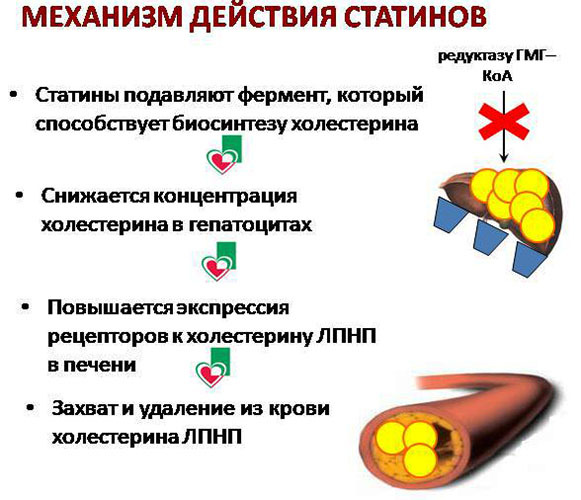
The drugs in this group are divided into the following types:
- Statins (Atoris, Atorvastatin, Crestor). The drugs reduce the concentration of cholesterol in the blood.
- Fibrates (Ciprofibrate, Fenofibrate, Clofibrate). They inhibit the synthesis of VLDL and LDL, can increase the destruction of LDL. With systemic use, the content of atherogenic lipoprotein fractions decreases, the amount of HDL increases.
- Vitamin PP (Nicotinic acid, vitamin B3). Normalizes the concentration of lipoproteins, lowers the level of LDL, increases the content of HDL.
- Bile acid sequestrants (Guarem, Questran). The drugs bind bile acids that enter the intestines, the complexes are excreted in the feces. That is, the body synthesizes new bile acids and uses cholesterol as a raw material. Additionally, the amount of LDL and total cholesterol is reduced.
- Cholesterol absorption inhibitors (Ezetrol). The group slows down the absorption of cholesterol, the body breaks down LDL. As a result, fat metabolism is normalized.
- Polyunsaturated fatty acids (Omacor, OmegaTrin, Linetol). Medicines have a positive effect on the lipid profile, have a mild effect.
Anticoagulants
The drugs reduce blood clotting, it becomes liquid and passes through the vessels more easily.
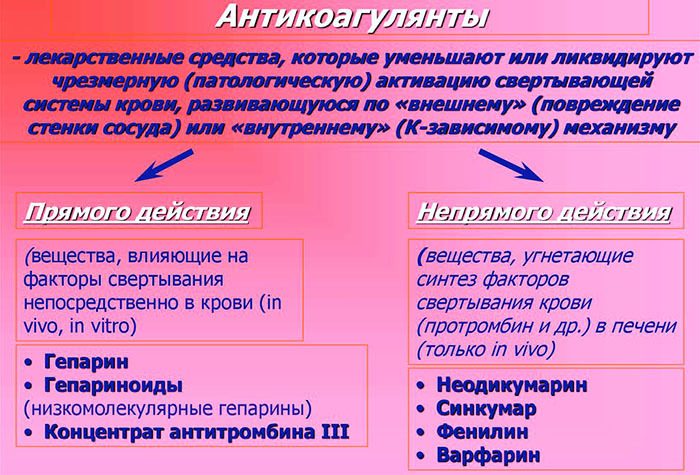
Anticoagulants prevent blood clots from forming. Additionally, drugs reduce the likelihood of a heart attack, stroke, vascular blockage. But the blood clots that were previously formed do not dissolve under the influence of drugs of this group.
Anticoagulants are classified into the following types:
- direct action (Heparin, Sodium citrate, Fraxiparine) - affect the coagulation factors directly in the blood;
- indirect action (Warfarin, Sinkumar, Fenilin) - inhibit the synthesis of coagulation factors in the liver.
Antihypertensive medicines
Drugs in this group are prescribed for people with high blood pressure.
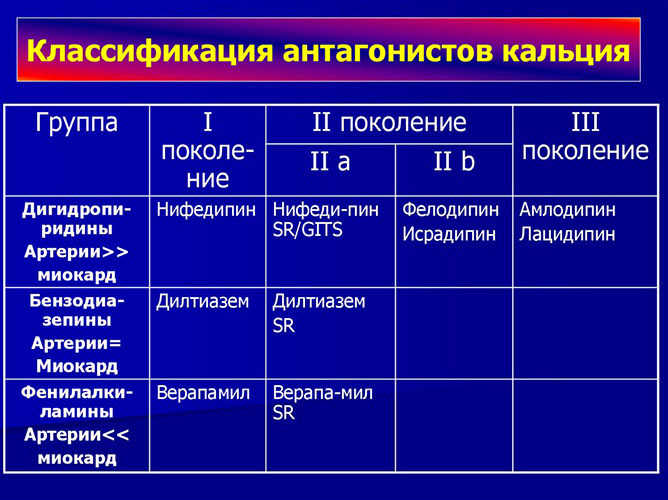
Antihypertensive drugs are classified into the following types:
- angiotensin-converting enzyme or ACE inhibitors (Captopril, Enalapril, Enap) - expand the lumen of blood vessels, reduce pressure without changing heart rate and cardiac output;
- diuretics (Furosemide, Veroshpiron, Spironolactone) - remove excess water from the body, relieve the heart and blood vessels;
- angiotensin receptor blockers (Valsartan, Irbesartan, Valsakor) - break the contact of angiotensin with receptors of cells of internal organs, the vascular wall relaxes, blood pressure decreases;
- adrenergic blockers (Bisoprolol, Betalok, Concor) - block adrenergic receptors, reduce blood pressure and slow down the heart rate;
- calcium antagonists (Verapamil, Diltiazem, Nifedipine) - reduce the penetration of calcium ions into vascular muscle cells, eliminate arterial spasm.
Surgery
If conservative treatments are not effective, your doctor may recommend surgery.
With atherosclerosis, the following types of intervention are used:
- coronary angioplasty;
- coronary artery bypass grafting;
- heart transplant.
Coronary angioplasty
During the operation, a catheter is inserted into a large artery, at the end of which there is a deflated balloon. The doctor advances the catheter through the vessels until it reaches the site of narrowing. Everything is carried out under the control of the equipment. Then the balloon is inflated and deflated several times, the lumen of the vessel expands.
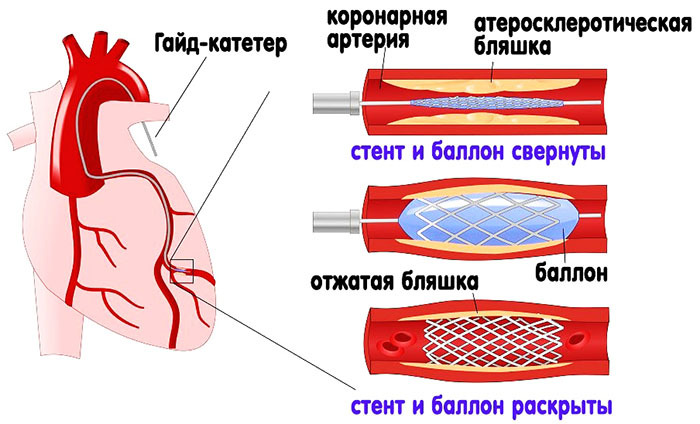
Next, you need to consolidate the result. To do this, a stent is installed, which is a small metal frame. It is inserted into the vessel to eliminate its constriction.
During the operation, the atherosclerotic plaque is not removed.
Coronary artery bypass surgery
It is not always possible to restore blood flow with angioplasty. Therefore, shunting is allowed. The operation is complex. Its purpose is to create an alternate path bypassing the constricted vessel. A section of the thoracic artery, radial artery, or saphenous vein in the leg is excised from the patient. Then, above the place where the narrowing occurred, an incision is made and a vascular prosthesis is sewn.

Bypass surgery takes 3 to 4 hours and is accompanied by long-term rehabilitation. Therefore, such an operation is performed only for seriously ill patients. Most often, the intervention is accompanied by the connection of a heart-lung machine.
Heart transplant
If the heart is in poor condition, bypass grafting and angioplasty will not work, organ transplantation is possible.

The operation requires a highly qualified doctor, modern equipment, and financial investments. Therefore, it is not always possible to carry out the intervention.
Folk remedies recipes
Atherosclerosis of the vessels of the heart (symptoms and treatment are related factors) is a disease in which it is possible to use herbal recipes.

Traditional methods are used as part of complex therapy. This way you can achieve the maximum effect from use.
Traditional methods allowed for atherosclerosis:
- Garlic tincture. To prepare the recipe, you need to take 250 g of peeled cloves of garlic, grind to a state of gruel. Then pour 1 liter of purified food alcohol (40 degrees) or vodka. Place in a cool, dark place for 21 days. Squeeze the mixture, filter through cheesecloth. On the first day, take 1 drop of the drug, then increase the amount daily. When the indicator is 25, you need to start the countdown. It is better not to drink drops in their pure form, it is necessary to mix them with water. The recipe is used to cleanse the blood vessels, since garlic relaxes the walls of the artery and expands its lumen.
- Thyme. To prepare a recipe, you need to take 1 tbsp. dried herbs and 500 ml of hot water. Leave on for 60 minutes. in a tightly closed container. Filter through cheesecloth, take 1/3 cup 3 times a day before meals. The recipe relaxes the muscle layer of the vascular walls, has an expanding property. Additionally, the mixture improves blood flow.
- Rose hip. To prepare the recipe, you need to grind 100 g of fresh fruits of the plant, pour the raw material with purified ethyl alcohol or vodka (400 ml). Close the container with a lid, put it in a dark and cool place for 15 days. Shake the container daily. Take 25 drops per day.
Diet
Proper nutrition must be used as part of complex therapy, that is, in conjunction with other methods.
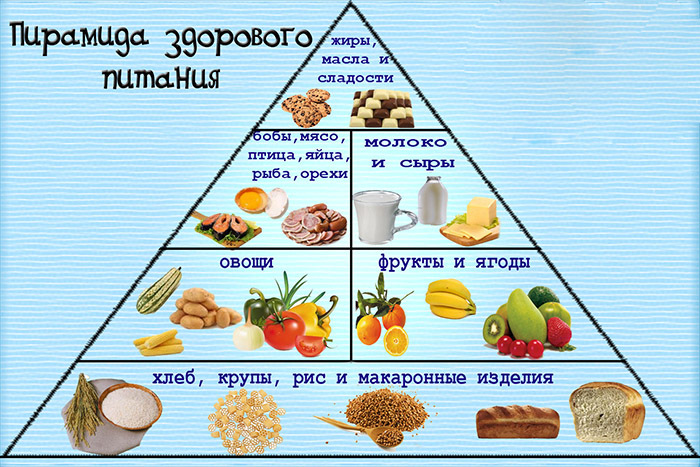
Diet principles:
- eat 5 - 6 times a day;
- do not exceed the serving size (150 - 300 g);
- eat every 3 to 4 hours;
- exclude fried, salty, smoked;
- exclude sweet, flour, spicy;
- add vegetables, fruits to the diet;
- cook food with the steam, boiled method or bake dishes in the oven;
- the diet should include vegetable soups, cereals in water or milk;
- replace fatty foods with low-calorie foods - for example, instead of pork, buy chicken or turkey;
- exclude strong coffee, black tea, alcohol - it is better to drink compote, green tea, juice;
- do not forget about the drinking regime - at least 1.5 liters of clean non-carbonated water per day.
Possible complications
Atherosclerosis of the vessels of the heart is a disease in which complications may develop. Most often, the consequences appear in the absence of pathology therapy.
Possible complications:
- myocardial infarction is a form of ischemia that occurs with the development of necrosis;
- angina pectoris - a pathology in which the delivery of oxygen to the myocardium does not correspond to the need;
- atrial fibrillation - a disturbed heart rhythm, that is, a rapid and irregular contraction of an organ;
- death.
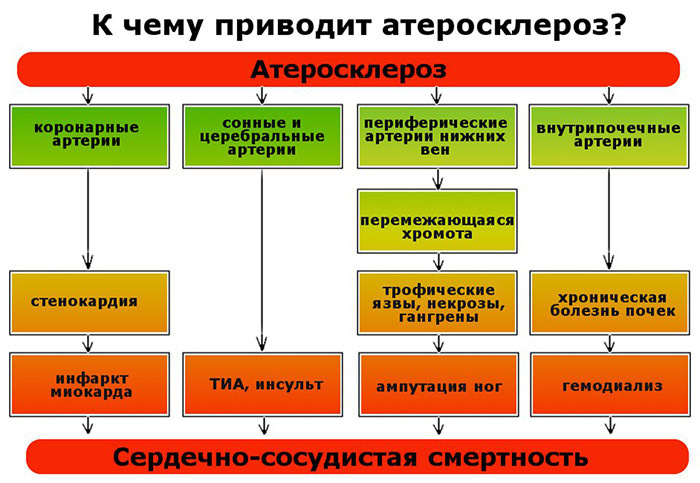
A disease called atherosclerosis is a chronic pathology in which cholesterol and lipoprotein fractions are deposited in the walls of blood vessels. As a result, the lumen narrows, complete blockage is possible. If the disease affects the vessels of the heart, pain in the region of the organ, shortness of breath, and rapid fatigue are among the symptoms.
If signs of pathology appear, you should visit a doctor, which will send a person for examination. After receiving the results of the diagnosis, treatment is prescribed. Therapy depends on the stage of development of the disease - in the 1st and 2nd phases, drugs, proper nutrition and alternative therapy are recommended, and in severe cases, an operation is necessary.
The disease cannot be completely cured. Therefore, it is necessary to contact a specialist in a timely manner and follow all his recommendations in order to reduce the likelihood of further development of pathology, to alleviate the human condition.
Video about atherosclerosis of the vessels of the heart
Everything about atherosclerosis of the heart in the program "Life is healthy!":

